Series NEA: Practice, Planning & Collaboration Around the Common Core: Circle Maps
Save to My Resources
PLEASE CREATE A NEW ACCOUNT OR LOG IN TO ACCESS THIS CONTENT
Enjoy your first video for free. Subscribe for unlimited access.
Have questions about subscribing?
Click Here to learn more about individual subscriptions.
Click Here to learn more about School and Institution access.
Discussion and Supporting Materials
Thought starters
- How does this routine activate background knowledge?
- Why does Ms. Ugalde include a frame in her circle map?
- How can you adapt this strategy for use in different contexts?
School Details
Amanecer Primary Center832 S. E.man Ave.
Los Angeles CA 90023
Population: 196
Data Provided By:

Teachers
Tita Ugalde
Newest
|
4 MIN
|
5 MIN
|
5 MIN
UNCUT CLASSROOMS
| TCHERS' VOICE
English Language Arts
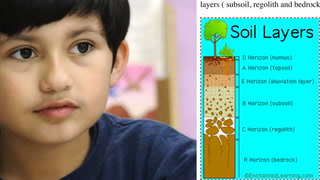
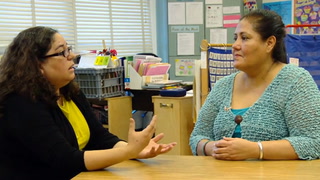

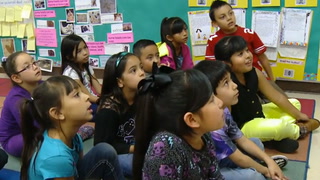
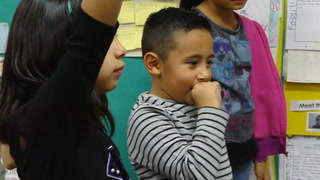
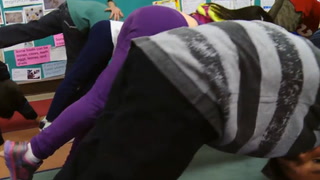








16 Comments
George Shenouda Jul 15, 2017 2:36pm
connie delaney Oct 8, 2015 4:31pm
Debra Johnson Jul 14, 2015 8:21pm
Rensche Senekal May 22, 2015 1:40pm
noemi sandoval May 7, 2015 12:49pm